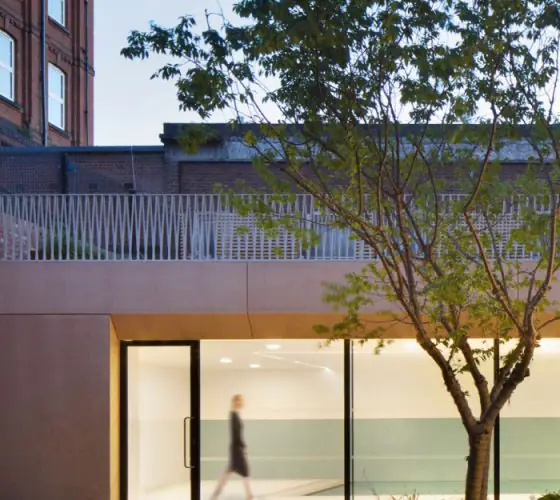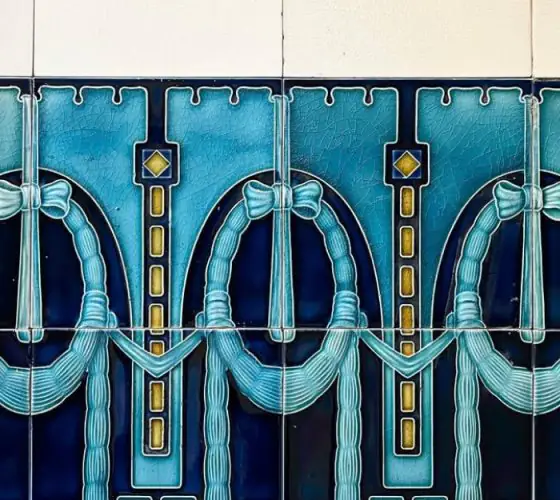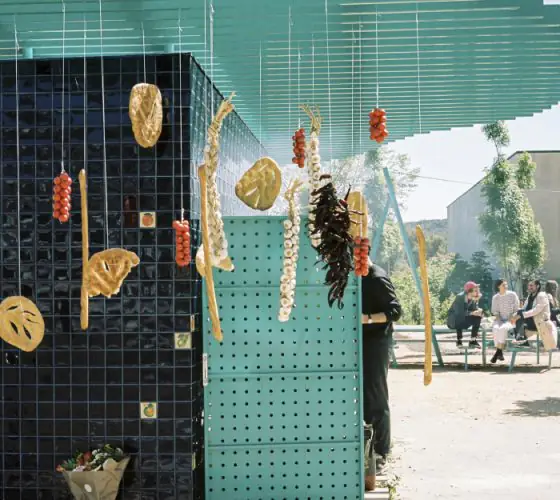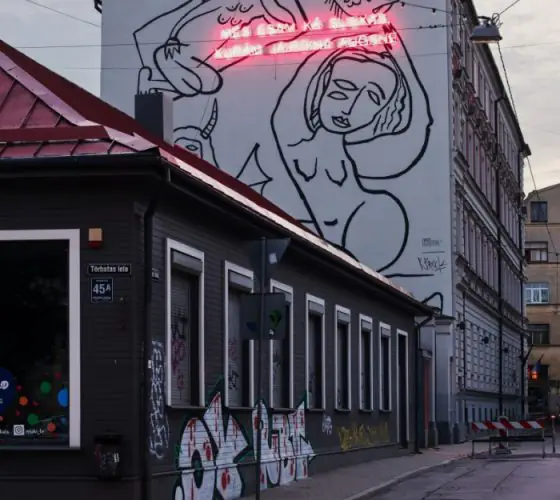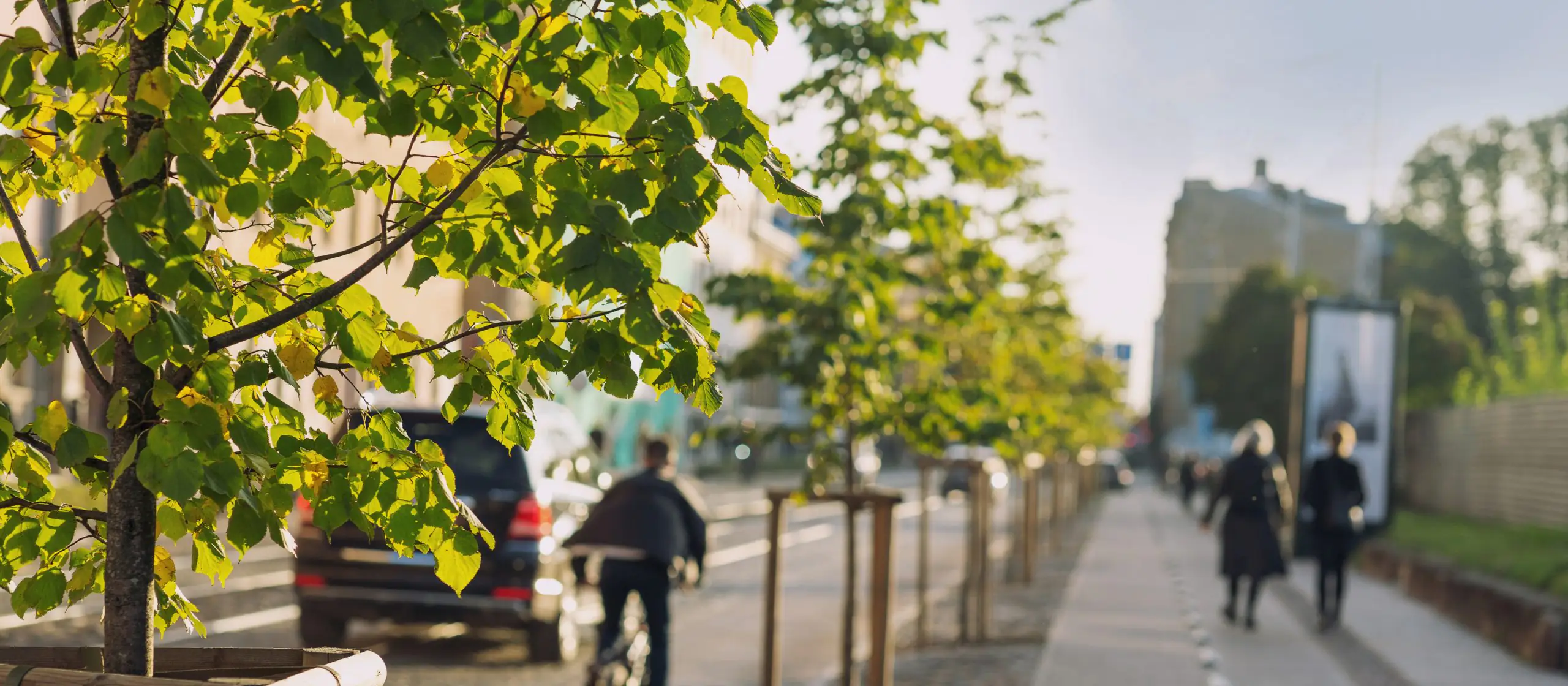
In March 2025, construction of mobility hubs began near key railway stations in Riga, marking a significant milestone in the city’s infrastructure development and transport accessibility. These hubs will be located at the Bolderāja, Dauderi, Sarkandaugava, Šķirotava, Zemitāni, and Ziemeļblāzma stations. Later this year, an additional nine mobility hubs will begin construction with funding from the European Union.
What Are Mobility Hubs?
Mobility hubs are multifunctional transport points designed to make it easy to switch from trains to buses, bicycles, e-scooters, or car-sharing services. They will feature bike parking, e-scooter charging stations, dedicated car-sharing spaces, and improved pedestrian infrastructure, reducing reliance on private cars.
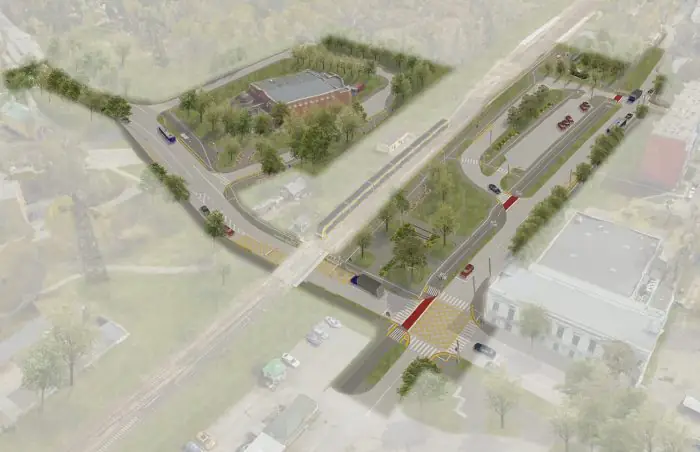
flickr.com / rigasdome
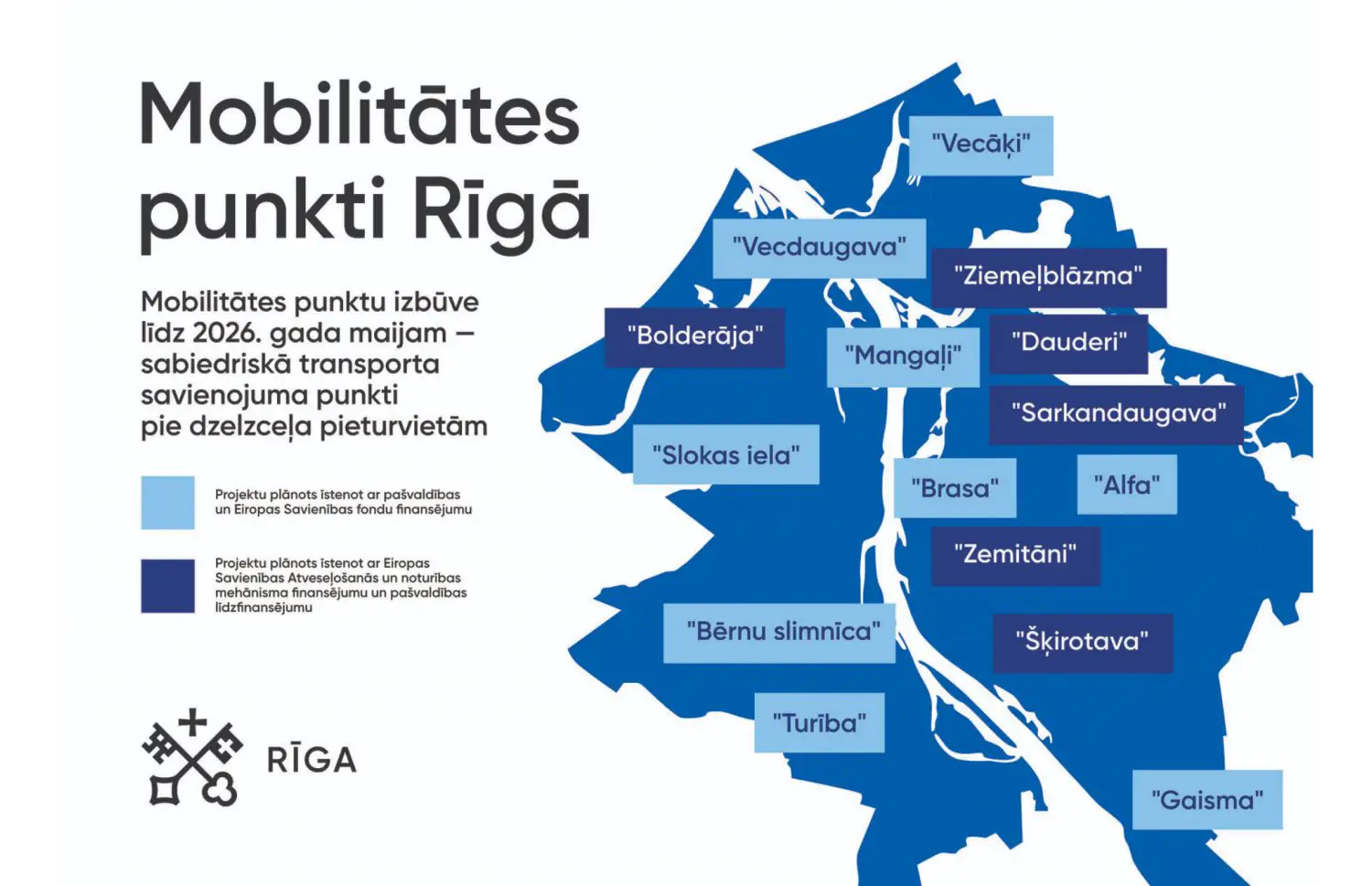
riga.lv
Enhancing Public Transport Convenience
This project aligns with Riga’s broader strategy to improve transport accessibility and develop public spaces. By placing mobility hubs near major railway stations, the city aims to enhance connectivity between residential areas and business centers. The project also includes the creation of short-term parking spaces (“Kiss & Ride”) and public parking areas, allowing passengers to switch between different modes of transport with ease.

flickr.com / rigasdome
During construction, temporary traffic restrictions are expected near the specified stations. City authorities urge residents and visitors to consider this when planning their routes. The construction is expected to be completed by May 2026.
Funding
The investment in Riga’s mobility hubs is part of a larger transport modernization strategy aimed at improving convenience and efficiency in urban mobility. The total cost of the project is €33,447,742, with €27,642,762 coming from EU funds.
Impact on Real Estate and Urban Development
For investors and developers, the mobility hubs project strengthens the concept of transit-oriented development (TOD) and flexible mobility. Properties near major transport hubs typically see increased demand, making these areas more attractive for both residential and commercial purposes. Additionally, the project highlights the importance of pedestrian-friendly zones, multifunctional spaces, and smart urban planning.
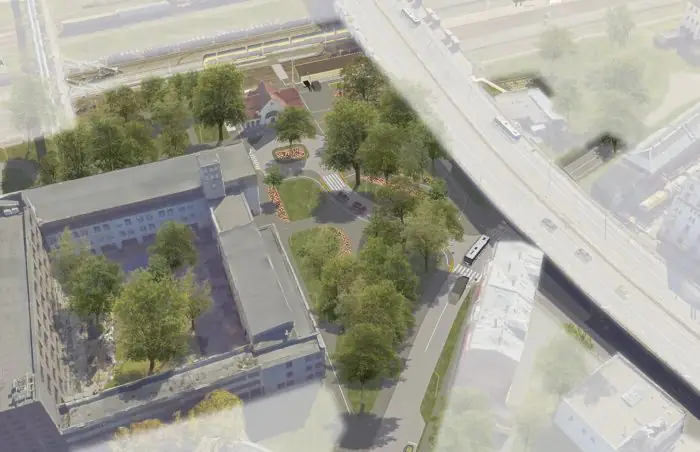
flickr.com / rigasdome

flickr.com / rigasdome




